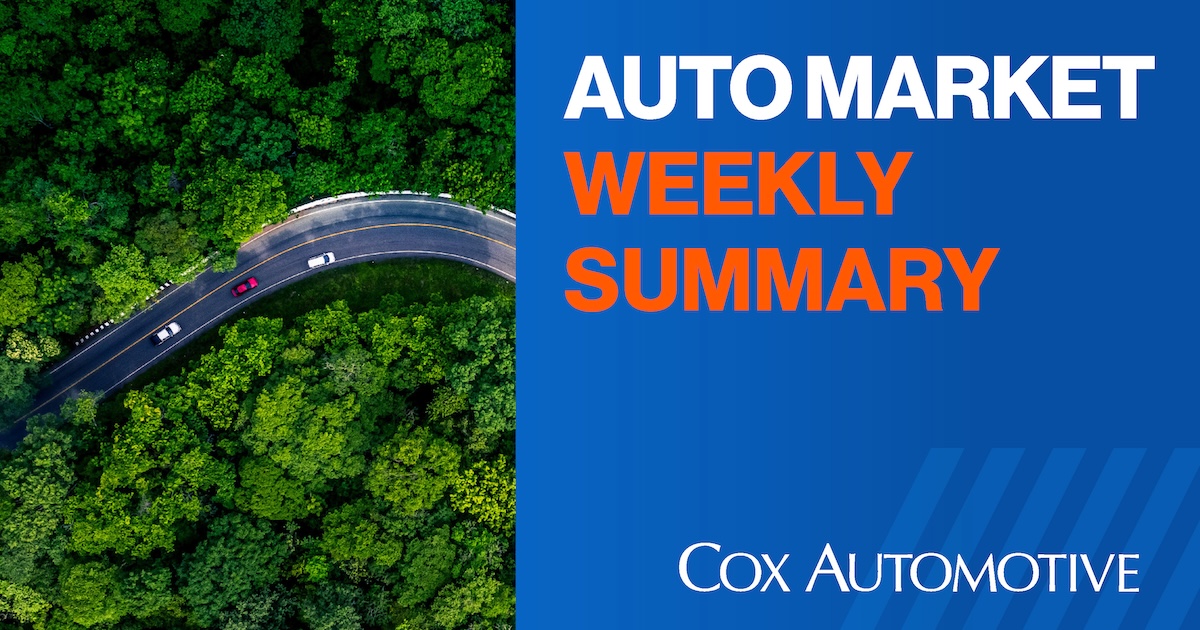Retail sales remained strong in July, even though core inflation reaccelerated, but higher inflation expectations are weighing on consumer sentiment.
The initial retail sales report for July saw a slightly slower-than-expected growth in sales, but June’s sales were revised higher.
Monthly retail sales increased 0.5% following a 0.9% increase in June, when a 0.6% gain had been expected, but June was initially reported with a 0.6% gain.
The auto sector outperformed the rest of the retail market as sales excluding motor vehicles and parts increased 0.3% while sales of motor vehicles and parts increased 1.6%.
Category-level performance was mixed but mostly strong, as nine of the twelve major categories saw sales increases for the month. Motor vehicles and parts had the largest gain.
Miscellaneous stores (-1.7%) was the category with the largest decline. Building material and garden equipment and supplies and food services and drinking places also declined.
Retail sales were up 3.9% year over year on a nominal basis, which was down from the upwardly revised 4.4% in May.
Compared to last year, gas stations (-2.9%) and building material and garden equipment and supplies (-2.6%) were the only categories down.
Miscellaneous stores (+10.6%) and nonstore retailers (+8.0%) were the categories up the most year over year.
Adjusted for inflation using the Consumer Price Index (CPI), retail sales increased 0.3% m/m in July and were up 1.2% year over year.
Retail sales remain strong, with July building on a strong June. The consumer is still behind the wheel driving the U.S. economy.
By the numbers: Headline inflation according to the CPI increased as expected in July, as the CPI increased 0.2%, down from a 0.3% increase in June.
The core CPI, which excludes Food and Energy, accelerated as expected with an increase of 0.3% following a 0.2% gain last month.
Medical care (0.8%), recreation (0.3%), and other goods and services (0.3%) saw the largest gains. Shelter saw a steady increase of 0.2%.
Transportation (-0.2%) and education and communication (-0.1%) saw the only declines. Private transportation saw a 0.3% decrease, but transportation details saw varied trends.
New-vehicle prices were unchanged, leased cars and trucks declined 0.4%, car rental declined 2.5%, but used cars increased 0.4%.
Fuel declined 2.1%, parts increased 0.8%, maintenance and repair increased 1.1%, and insurance was unchanged.
In Manheim and Cox Automotive data, we observed wholesale and retail used prices decreasing in July, while new retail vehicle prices also decreased slightly.
On a year-over-year basis, core CPI increased more than expected to 3.1% from 2.9% while the overall CPI was steady at 2.7%.
Core inflation is starting to show reacceleration from the impact of tariffs, but much of the increase thus far is in services, not goods. Accelerating growth in the Producer Price Index, which tracks prices that businesses pay, point to tariff pressures that will likely either drive consumer prices higher or reduce business earnings, or a combination of both.
The initial August reading on consumer sentiment from the University of Michigan decreased 5.0% and was worse than expected.
With the decline, the index was down 13.7% year over year.
Views of current conditions and expectations both declined, but current conditions declined the most.
Expectations for inflation in one year increased to 4.9% from 4.5%, and expectations for inflation in five years increased to 3.9% from 3.4%.
Consumers’ views of buying conditions for vehicles decreased to the lowest level since May and were worse than one year ago as views of interest rates and views of car prices both deteriorated.
The daily index of consumer sentiment from Morning Consult shows a negative trend for the month with data through August 15.
After increasing 1.3% in July, the index is down 1.3% so far in August.
Views of current conditions and future expectations both declined in the first half of August, but views of future expectations have declined the most.
Auto fuel prices have changed little so far in August. The average price of unleaded gasoline has increased 0.1% for the month as of Aug. 14 to $3.15 per gallon, which was down 8% year over year but up 3.0% year to date.
Sentiment has deteriorated in August so far, and it seems to be driven by a sensitivity to inflation. The key question is will this change spending behavior in the weeks and months ahead.
Bottom Line: Consumer spending remained strong in July, especially on motor vehicles and parts. However, prices are increasing, and for now that’s at least making consumers less positive about the future.
Chief Economist
Jonathan Smoke leads Cox Automotive’s economic and industry insights team, which tracks key metrics and trends impacting both the wholesale and retail markets for vehicles informed by the proprietary data from the company’s businesses and platforms. For 28 years, Smoke has focused on translating data and trends into relevant actionable insights for the industries that represent the biggest purchases that consumers make in their lifetimes: real estate and automotive. Smoke joined Cox Automotive in 2017.

